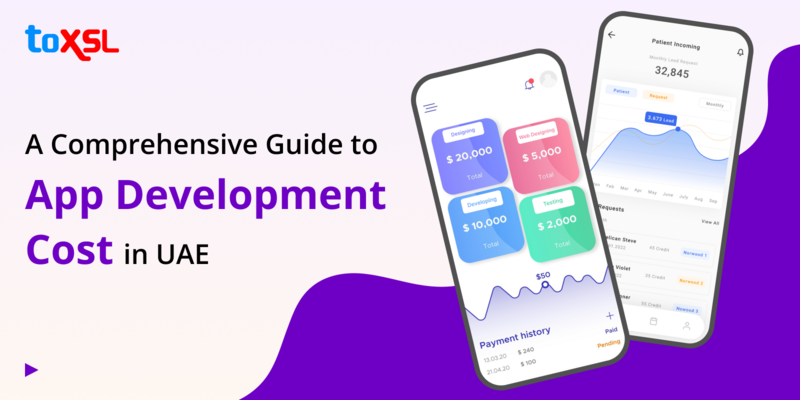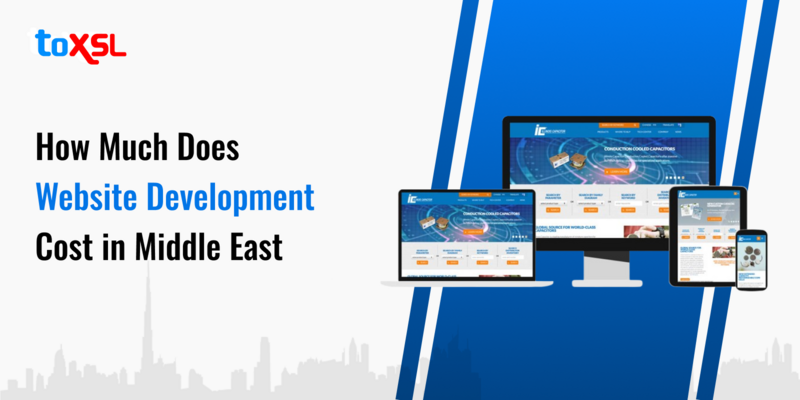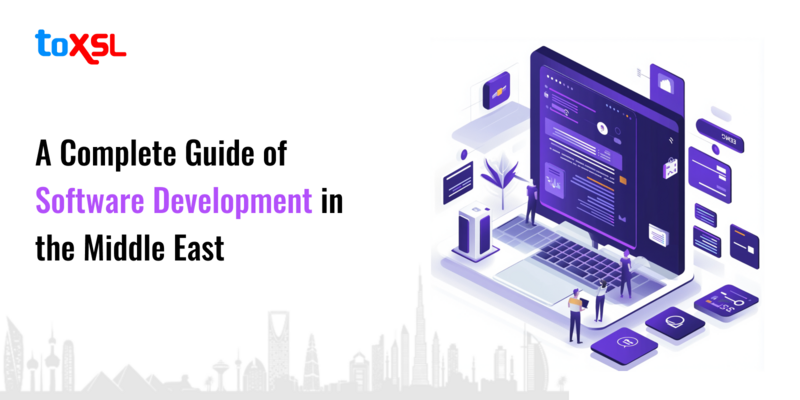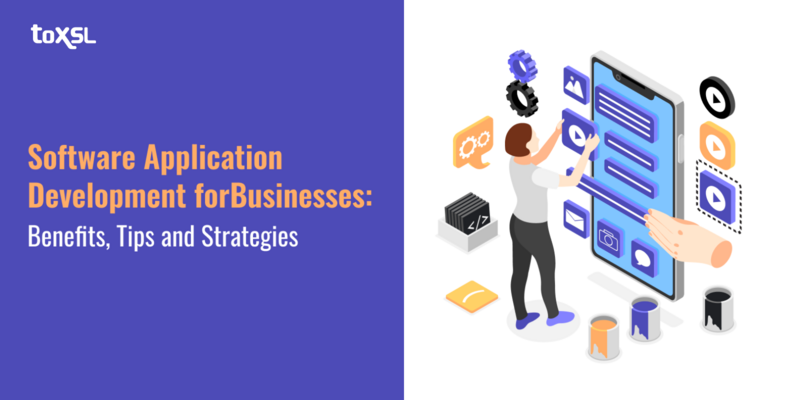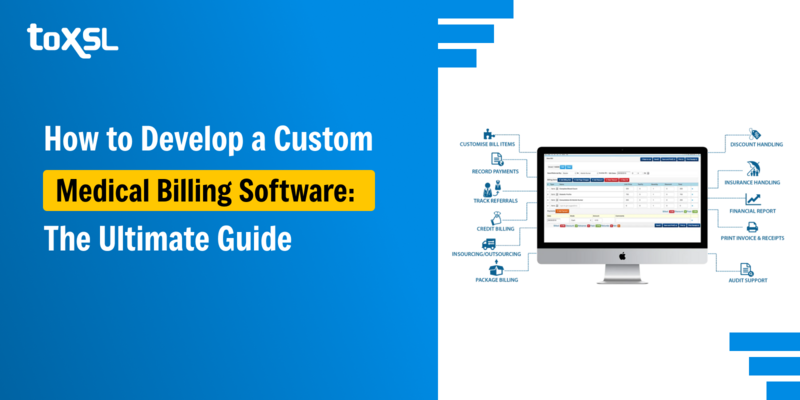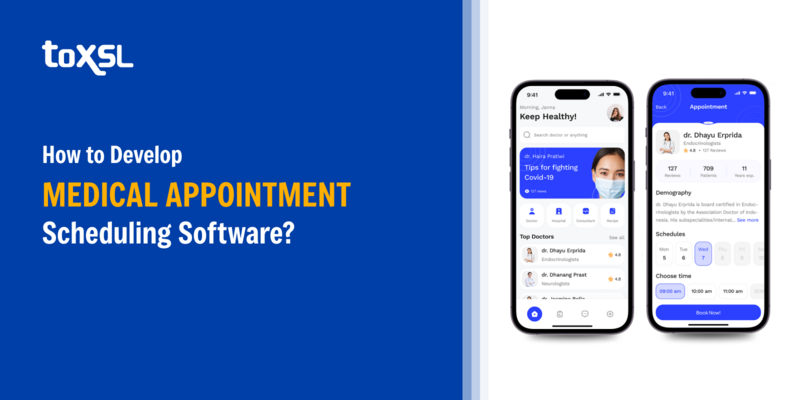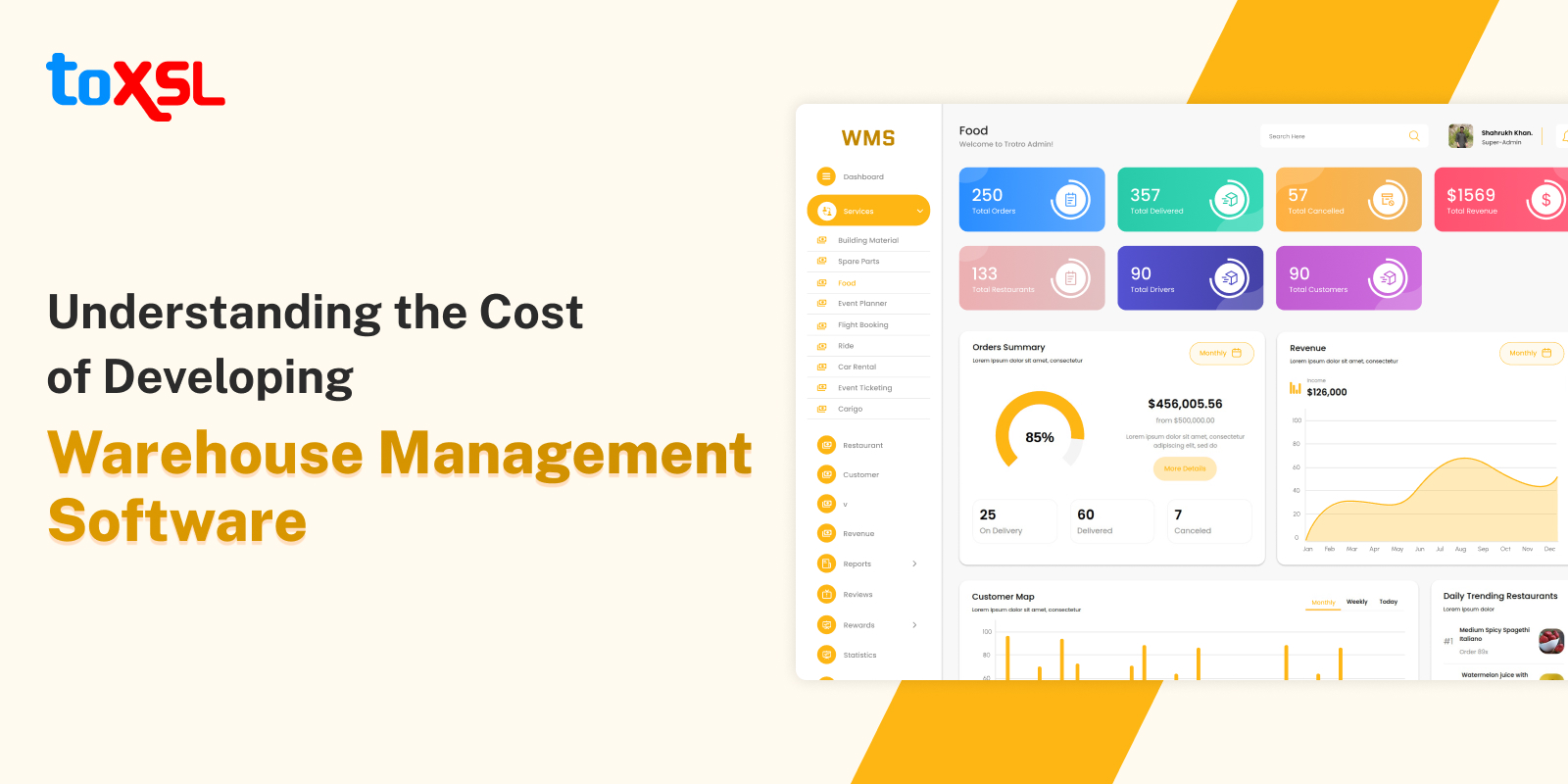
Warehouse management software (WMS) is crucial for businesses to optimize warehouse operations and improve overall efficiency of the business. Even though there are numerous off-the-shelf WMS solutions available in the market, a custom WMS solution ensures that the software meets the business’s unique requirements.
According to statista, the global warehouse management system market size is estimated to reach $8.6 billion by 2029. With that, the supply chain market uses machine learning to enhance forecast accuracy by 19% of businesses that implement SCM projects. Also, the transportation management system global market is estimated to reach $4.8 billion by the end of 2025.
Warehouse management software integrates seamlessly with existing systems, including ERP and accounting software. WMS allows data synchronization, eliminating the need for manual output. Investing in warehouse management software offers long-term benefits, but choosing the right WMS is difficult as it is influenced by numerous variables and the deployment model used. Let us now dig a little deeper into the blog and learn more about warehouse management software.
Key Takeaways:
- Warehouse management software (WMS) improves operational efficiency.
- Custom WMS solutions are tailored to unique business needs.
- Costs range from $10,000 to $100,000, depending on complexity.
- Optimizing WMS cost involves focusing on essential features, using agile development, and ensuring scalability.
Types of WMS Software Platforms
Warehouse management software is vital for enhancing business operations. This includes automating inventory management, managing logistics, and order fulfillment. In this section we will learn about the various types of WMS software platforms. While finalizing WMS for business, you must consider business needs, budget, and scalability requirements, among other things. Here are the various types of WMS:
Standalone WMS: Standalone WMS takes care of warehouse management functionalities, including inventory control and order management. For enhanced supply chain visibility, standalone WMS can easily integrate with existing systems.
Cloud-based WMS: Cloud-based WMS are hosted on remote servers and accessible through the internet. Cloud-based WMS are easily scalable, flexible, and work on a pay-per-use model. These models are cost-effective, and organizations pay for what they have used, avoiding hardware and infrastructure costs. Cloud-based WMS offers remote accessibility and lets users manage warehouse operations from anywhere.
ERP-integrated WMS: These software offer end-to-end functionalities, including transportation management, demand planning, finances, and more. ERP-integrated WMS manages the entire supply chain because of its seamless integration and data flow capabilities.
Supply Chain Management: There can be other functionalities and features that businesses would want to add to their system. This is where the supply chain module comes into play. It allows easy integration of features and functionalities with the core warehouse management capabilities. Supply chain management expands the scope of the WMS by offering end-to-end chain visibility.
Cost of Warehouse Management Software Development
The cost of developing a custom warehouse management system can range between $10,000 and $100,000, depending on the features and functionalities you want to add. There are essential factors that count on the cost of warehouse management software development:
Level of Complexity: The primary factor that is associated with the cost of warehouse management software is the complexity of the software. If you want to develop a simple complexity, the cost ranges between $10,000 and $30,000; however, in the case of medium complexity, the cost ranges between $40,000 and $70,000. Furthermore, if the cost is highly complex, the cost can range from $70,000 and above. In order to decide the budget for the software, businesses must decide the level of complexity of their app.
Scale of Warehouse Operations: The scale of warehouse operations is another cost-determining factor of warehouse management software. Hence, make sure that you know the number of users that will access the WMS and the number of Stock Keeping Units (SKUs) that are required. The software must have business expansion plans with warehouse locations.
Number of Features: Different businesses have different requirements. The features and functionalists may vary as per business needs, adding to the cost of WMS. However, the main components of warehouse management software are inventory management, data analysis, and order administration. The features and functionalities determine the complexity of the app, which in turn determines the cost of the software. However, a custom WMS helps businesses focus on relevant features, eliminating the need for unnecessary features.
Integration with Existing Systems: Sometimes, businesses need to integrate the features with existing systems. This integration feature adds to the cost of WMS. Also, the complexity of the integration adds to the cost, including data formats, protocols, and APIs. This also increases the development efforts. Also, integrated systems may go through updates over time and need maintenance and support costs.
Customization Requirements: Each business operates differently and has different workflow, reporting, and integration needs, affecting the complexity and development efforts of custom warehouse management software. Building customized software needs in-depth analysis of business, development, and testing, which can affect the cost of software.
User Interface: User interface ensures an intuitive user experience, enhancing the user adoption and productivity, in turn increasing the cost of WMS. To develop a better user interface, designers must be aware of business requirements. Also, ensure that your UI designs are compatible with various platforms and devices.
Data Migration: Data migration is another factor that determines the cost of WMS. With that, ensuring data accuracy and integrity is essential, and hence the execution of tasks like data cleansing becomes necessary, adding to the cost of warehouse management software development.
How to Optimize the Cost of Warehouse Management Software?
Not that we have discussed the cost and factors that influence the cost of warehouse management software. But you might be wondering how you optimize the cost of a warehouse management system. How do businesses reduce the cost of WMS without affecting the features and functionality of the software? In this section, we will learn about the few tips that will help businesses reduce the WMS cost. They are as follows:
Must-have Features: Find and list the important features that a warehouse management system (WMS) should have to support your business goals. This will help avoid wasting time and money on unnecessary software development. Focus on key features like managing inventory, improving order fulfillment, easy integration, reporting and analysis, and a user-friendly design. By doing this, the development team can create a system that adds real value, meets business needs, and improves logistics operations. This leads to a more affordable WMS solution.
Agile Methodology: The agile methodology delivers software in short iterations known as sprints. This let stakeholders give their input in the development and obtain feedback in the early development process. This helps businesses get feedback at an early stage and identify issues, helping them save money in the long run. Agile method prioritizes features based on business value and optimizes the use of development resources, ensuring that features are added in a budget.
Skilled Team: Choosing the right skilled team is very important for success. A team of skilled and experienced professionals uses flexible methods and good project management. With their knowledge, they can provide a high-quality warehouse management system (WMS) that fits your budget and timeline. ToXSL Technology focuses on creating WMS solutions that meet specific business needs. By understanding your requirements, workflows, and goals, we can help business develop customized features.
Scalability and Flexibility: With time, the business grows, and it is not cost-effective to build custom software. Hence, as your business grows, a scalable warehouse management system (WMS) helps businesses avoid the high costs of replacing the entire software. By breaking the software into smaller, independent parts, it becomes easy to add or change specific features without impacting the whole system. This modular design helps keep development costs down because you can focus on specific improvements instead of starting over from scratch. When developing a WMS, considering scalability and flexibility for future growth makes it easier to lower costs related to upgrades, redevelopments, and maintenance.
To Summarize:
In summary, we emphasized on the cost and tips to optimize cost of warehouse management software. Having a clear understanding of costs associated with WMS can help businesses make effective financial planning and ensure success. These software help businesses stay ahead of their competition with a higher level of operational intelligence and allow them to offer a great user experience.
So, if you are looking to invest in a warehouse management system, ToXSL Technologies, a leading warehouse management software development company, has got you covered. We at ToXSL Technologies develop custom warehouse management software that encapsulates all the necessary functionalities and features that your business needs. We ensure that our solutions are scalable as per the changing needs of the industry. Don’t wait much and partner with ToXSL Technologies to enhance your operational efficiency.

